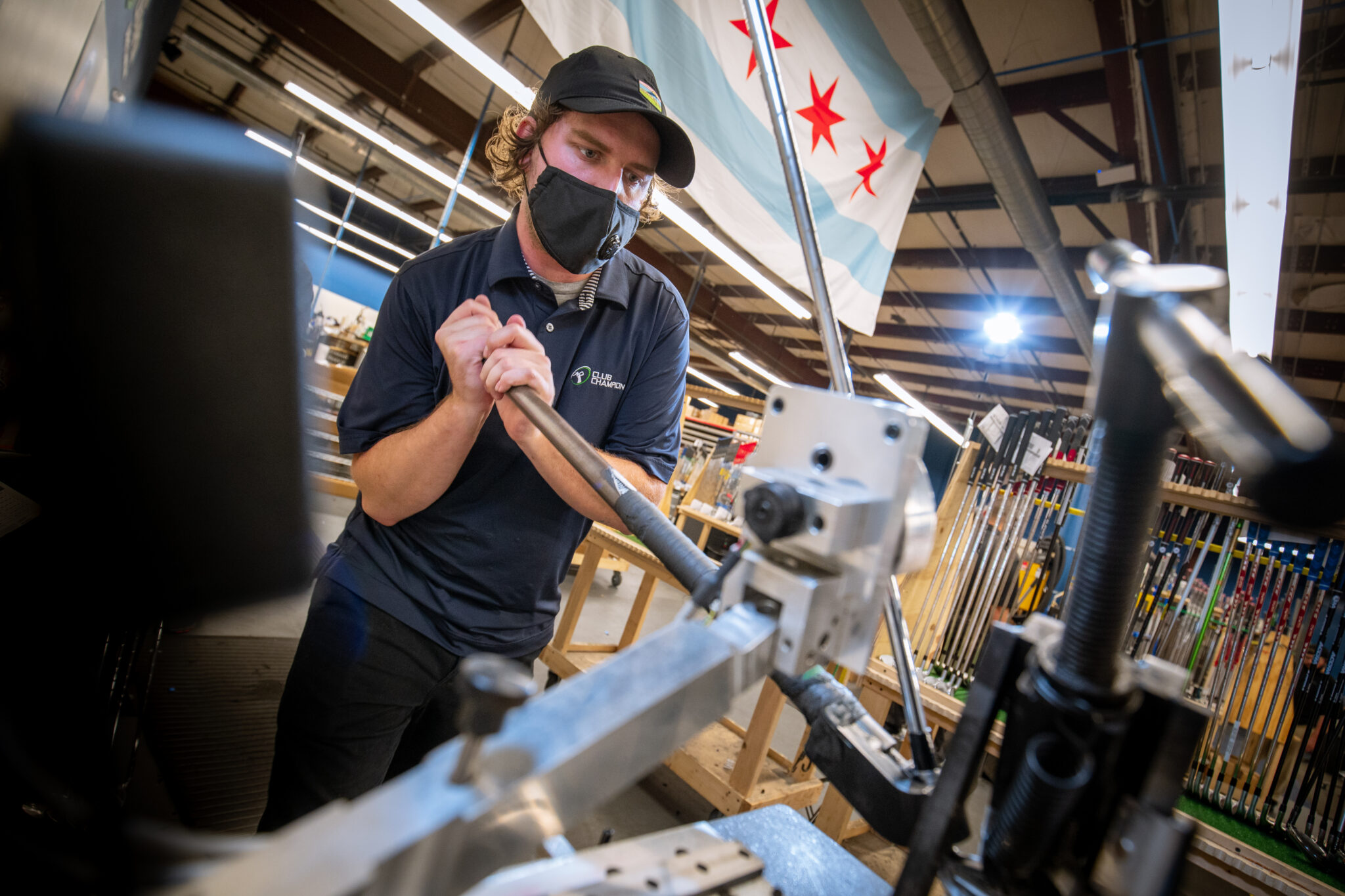Why Club Champion Builds are Better
Posted by
Posted on
Why Club Champion Builds are Better
Club Champion specializes in more than just fitting your golf clubs — we’re the best builders, too., Club Champion specializes in more than just fitting your golf clubs — we’re the best builders, too.
It’s no secret that custom fitting and custom building go hand-in-hand when considering golf clubs. That’s why, along with our Master Fitters, we employ Master Builders to precisely hand-build each club to the tightest tolerances. We pride ourselves on being a full-service option for all your equipment needs.

Let’s start with loft and lie. Digital loft and lie machines are the standard across the board, but they don’t measure equally. You can take the same set of specs to Club Champion, to an OEM, and to an at-home builder and yield three different clubs…and only one will be the club you tested in our bay if you were fitted at Club Champion. The reason we’re so confident in saying that is because all our loft and lie machines are calibrated to match — from store to store, and from stores to the build shop in Chicagoland. If the machine in Santa Monica measured one thing, the machines here at our HQ will be able to match it.
We stress the importance of our calibrated machines because we’ve maintained the integrity of consistency. We don’t allow for the kinds of swingweight or loft and lie discrepancies you find with stock builds, and we guarantee that the club you hit in the bay will be the one that is built and shipped to you to play your best golf.
We also stress our build tolerances. With other builders, you should expect variances of 2-3 degrees of loft and lie, ½ inch or more on length, and swingweight differences. Our builders are expected to deliver clubs within 1/8 of an inch, one degree of variation for loft and lie, and one swingweight point — and we’ve been known to reassemble clubs even within THOSE tolerances to ensure the closest possible match. This becomes extremely important when comparing our custom sets and off-the-rack sets. Most off-the-rack clubs are built in an assembly line where those tolerances aren’t assured and inspected. The assembly line process will have machines automate all the work or have one person cutting the shaft, another gripping and another gluing, and so on. There isn’t much room for consistency and accuracy with expediency is the main goal.
“With a professionally built club like those we create, one person is doing the build from start to finish. We’re following much tighter tolerances and can offer a much wider range of custom options,” Club Champion founder Nick Sherburne said. “The tolerances for mass-produced clubs are all over the place, which is why a professionally hand-built club is key.”
It’s worth noting that the 65,000 hittable head and shaft combinations in every store translate to just as many buildable combinations. When you have that sort of variety on your build desk every day, you know you must deliver quality sets every time, and understand the intricacies of each build. Our Master Builders do this day in and day out and can’t be beaten by hobby builders or robots in a warehouse.
To learn more about the building process or to book a fitting, head to clubchampiongolf.com.
Our builders have an unrivaled process that includes hand-picking weight sorted products, PUREing the shafts, altering the shaft length and swingweight to match the golfer’s specs, and more. The process is built — no pun intended — to yield impeccable golf clubs that can’t be matched by assembly lines or stock options off a shelf. There’s a lot more to the building process than we can cover in this blog but we’re always looking for quality club builders to join our team if you’d like a closer look.
All that said, this blog is more about the why than the how.
There are a few misconceptions out there about club building. The most persistent is the idea that every club build is essentially the same if you have the right specs. That’s just not the case. The devil is in the details, so to speak.
- Categories: Fitting Experience, Blog







